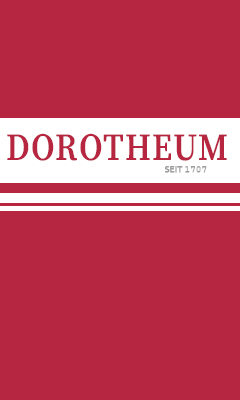Afrikakorps Kriegsmarine NCO/EM Belt Buckle
SKU: 23.GOR.02.02.02.001
Estimated market value:

Estimated market value:
Attributes
History
During the Second World War, German troops stationed in northern Africa are generally referred to as the Afrikakorps. Technically, this is not entirely correct, since some German units operating in Africa were not actually part of the DAK (Deutsches Afrikakorps), and some units of it were, in fact, Italian ones. However, for the purpose of collecting so-called “tropical” uniforms and insignia, collectors have simplified the meaning of the term.
The first German troops were sent to northern Africa in February of 1941, to support their Italian allies against the British. The climate of the African continent made it necessary to wear specialised uniforms and gear that not only supported the soldiers in serving in a hot and arid environment, but also helped them in blending in with the landscape, which, in general, presented itself as brown, olive, khaki, or sand/tan in colour. Worn over long periods of time under the blistering desert sun, some uniforms were eventually bleached to white or off-white. Uniforms and insignia in these colours are often referred to as “tropical”, and it is worth noting that they weren’t just worn by members of units stationed in Africa, but in the entire Mediterranean theatre of war, including southern France, Italy, the Balkans, and Greece, as well as in southern Russia during the summer months. Tropical uniforms were worn by members of all three branches of the Wehrmacht: the Heer (army), the Kriegsmarine (navy), and the Luftwaffe (air force). Members of the Waffen-SS stationed in southerly regions also wore tropical-style uniforms, and even though they technically have no connection to the DAK, all tropical uniforms and insignia of all branches of the German military are listed here.
The Kriegsmarine had three different tropical dresses: the white dress, the pre-war brown dress (which was very rarely worn), and the wartime brown/khaki dress, which was introduced in late 1941. The pre-war brown dress is identical to the white dress, but made of brown drill fabric.
The NCO/EM belt strap and buckle were worn by non-commissioned and enlisted personnel, such as Non-Commissioned Officers and Privates. They wore this belt whenever ordered, as well as with the landing and guard dress, and during guard duty or infantry training.
These NCO/EM belt straps and buckles are composed of several main elements, including the strap, the rectangular buckle, the buckle shield, the center bar, the double buckle claws/prongs, the leather tab, the buckle catch, and the manufacturer mark.
The tropical NCO/EM belt straps were composed of olive-green, tan, or brown webbing. The strap has an approximate width of 45mm, and it features seven pairs of parallel holes for sizing.
The buckles feature several main elements, including the shield, the catch, the bar with movable roll, the leather tongue/tab, and the double claws/prongs.
The buckle is rectangular and it may be composed of brass, stamped steel, or a light metal alloy, such as aluminum. For wear with the tropical uniform, it tended to be painted dark green or field-grey.
The shield section may be stamped onto the buckle, or, during the Kriegsmarine, attached separately. The shield design is made up of two concentric circles. The narrow outside circle has the inscription “GOTT MIT UNS” along the top and an oak leaf wreath along the bottom, while the large interior circle features an eagle. During the Reichsmarine the eagle was the Weimar version with a right facing head, while from August 1936 onward it was a Wehrmacht eagle with a left facing head. The area inside the shield may be finely pebbled for buckles with a Wehrmacht eagle. The surface beyond the shield is generally not pebbled, it tended to be smooth in order to distinguish the Kriegsmarine belt buckles from the Heer belt buckles.
The hooked buckle catch is located along the left end of the buckle, and it was riveted to the buckle by two thin strips of metal from 1942 onward.
The bar has a movable roll, and a leather tab is wrapped around the bar and sewn shut. The bar is riveted to the buckle, and there are two claws/prongs that rest on the roll.
The marks of private manufacturers vary widely, ranging from codes to full names, and even abbreviated letters, as well as the year of manufacture. After 1942, Reich numbers (Reichsbetriebsnummer) were also used as manufacturer marks (RB-).

Versions
$350 USD
Obv: GOTT MIT UNS


Comments
Sign in to comment and reply.


Scroll Top